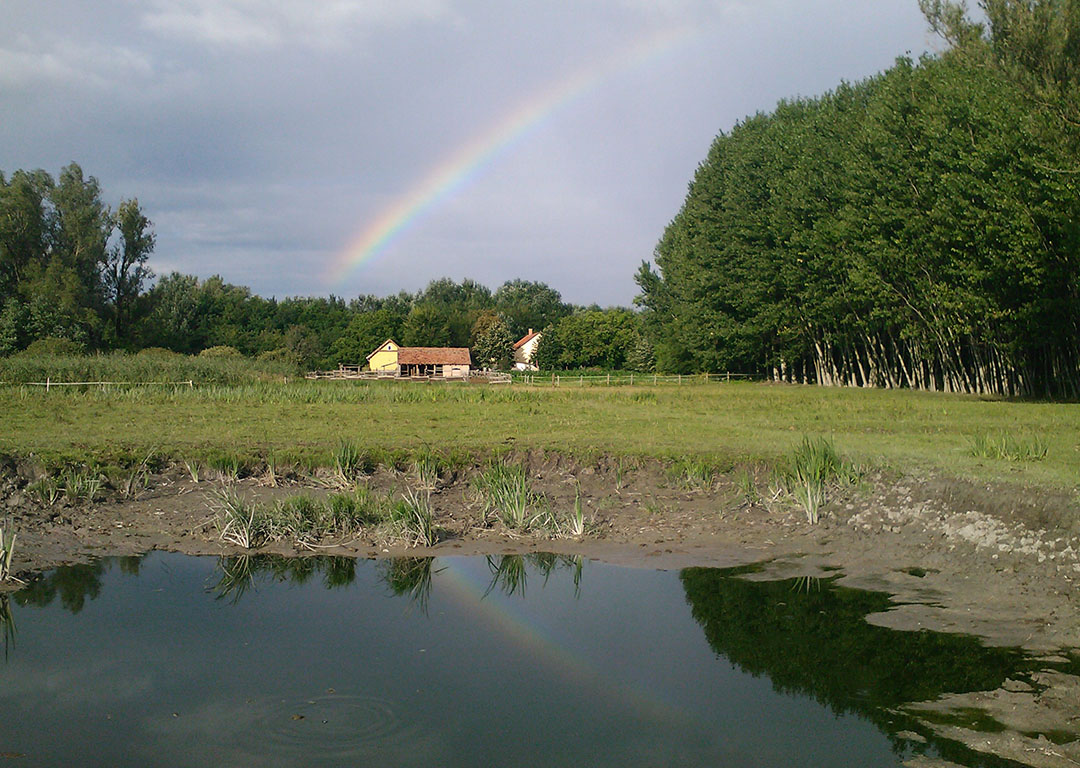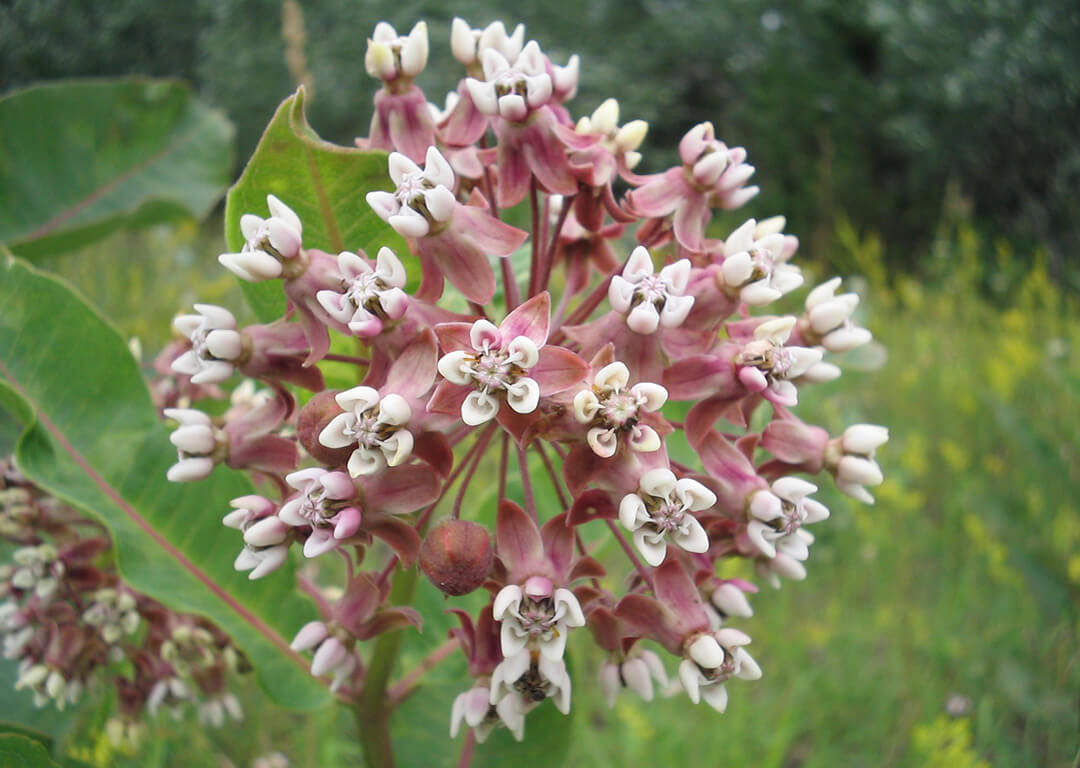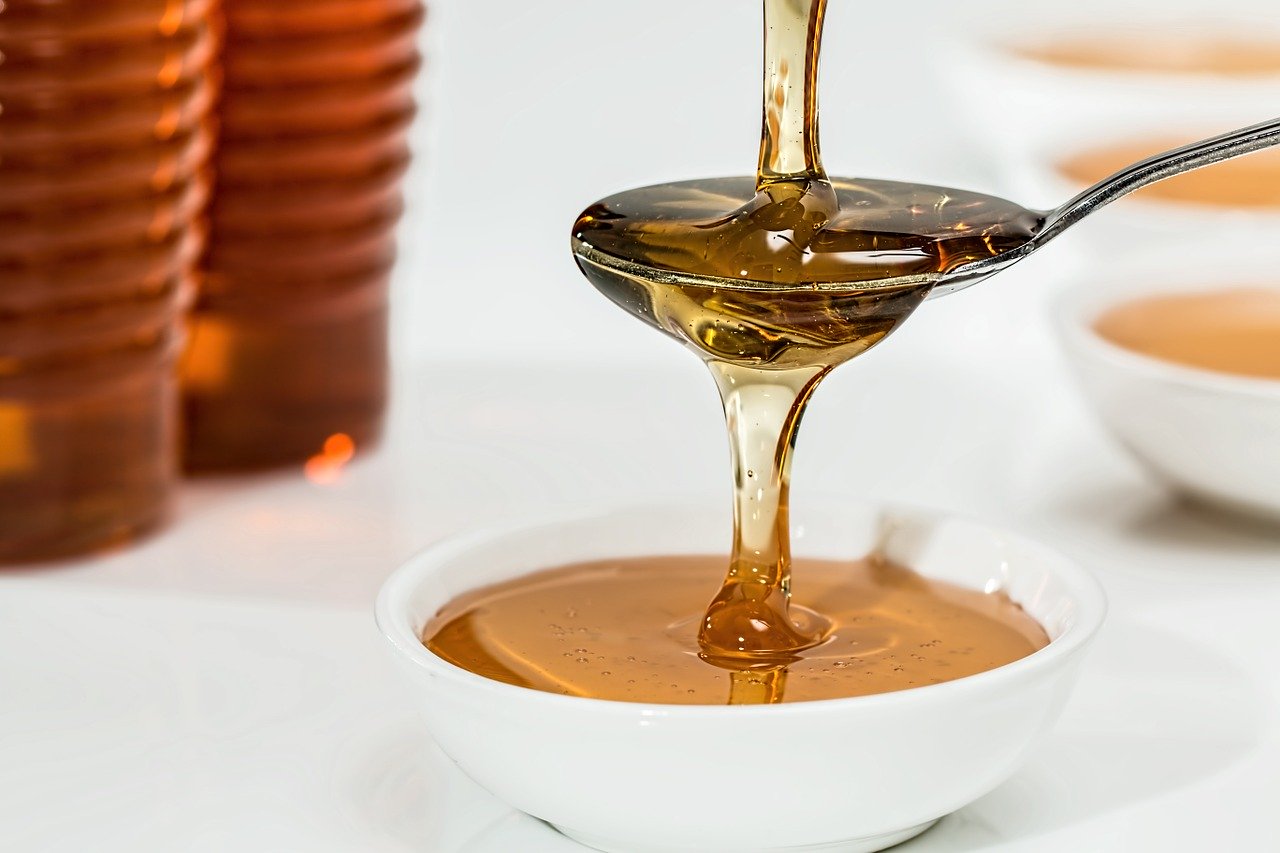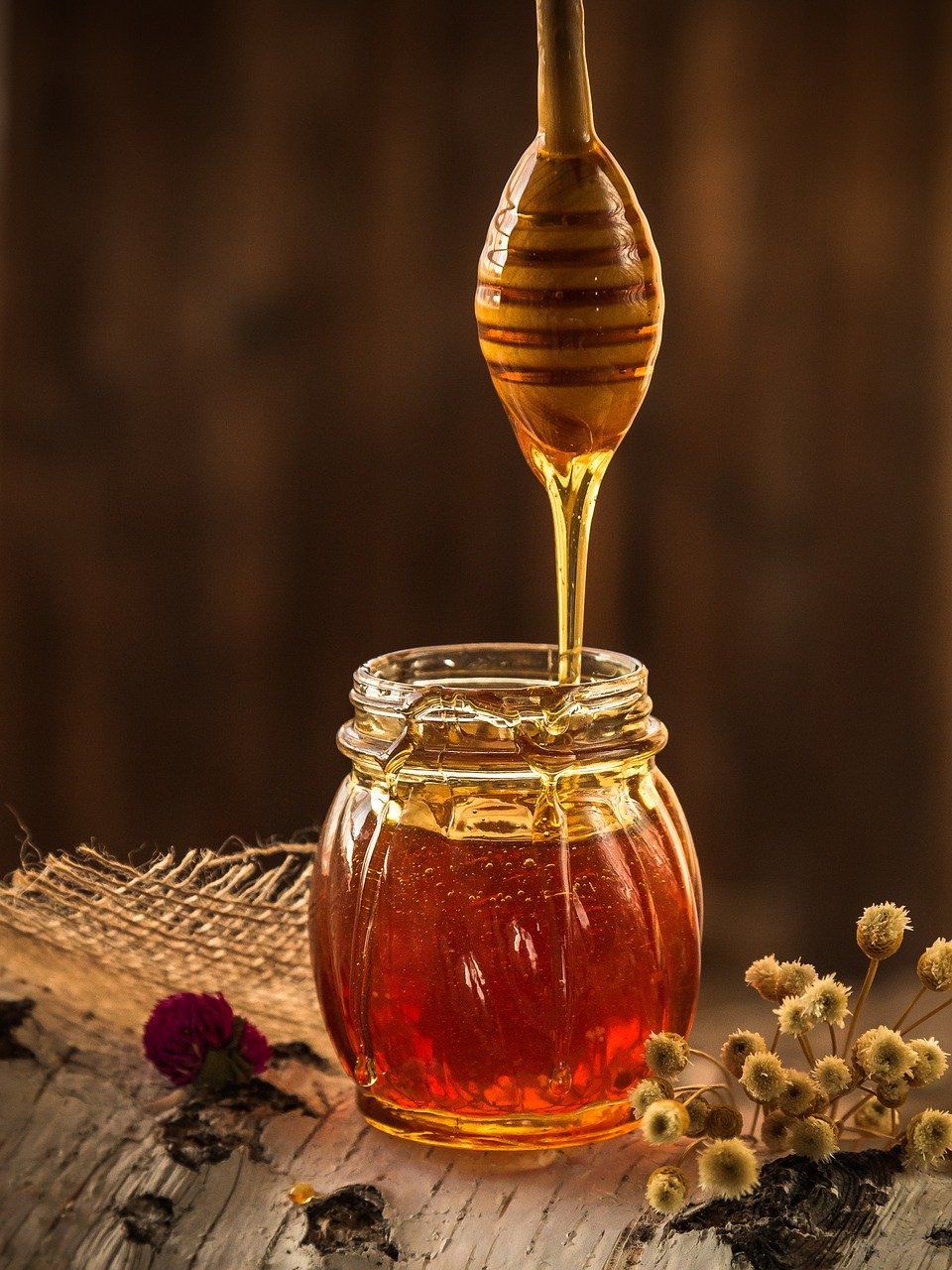Gobor Farm
„I don’t believe in Predestnation,
Because there is will inside my heart,
And maybe if I wave my hand in a different way,
The world will turn into a different direction.”
Babits Mihály
Our Farm:
Gobor farm is a three generation organic family farm, located in the middle of Hungary’s biosphere serve, Kiskunság National Park, between the Danube and Tisza Rivers. The Kiskunság National Park was founded in 1975 stretches across the region of the Great Hungarian Plains, located halfway between Ágasegyháza and Orgovány. Its valuable flora and fauna contribute to unique quality of Kiskunság National Park, pristine, away from city contamination and pollution. Our farm’s unique location provides us the opportunity to practice environmentally friendly bee farming and management. We are committed to organic farming, hands-on beekeeping and dedicated to maintain the natural resources, free of pesticides and chemicals. As one of the pioneers in organic bee farming in the area, we are committed to delivering the purest natural honey to our customers.
Short introduction
Góbor farm is situated between the rivers Danube and Tisza, in Kiskunság National Park. It was built by my grandfather, who lived here with his family from 1959 till 1999. This territory being on a soil and region boundary is ideal for creating a self-supplying (autonomous or sustainable) family model farm. It is far from every polluting source (city, bigger town, busy highway, industrial or agricultural plant). „Góbor-tanya” by definition is a farm so a residence and a workplace at the same time; not a catering unit, not a museum, not a holiday house. The territory is about four acres, the estate is heterogeneous, the territory basically equally consists of a forest, a field, a garden, a fruit garden, and a meadow. Three corner stones of the farm are apiary, growing herbs, vegetables and fruits, and breeding autochthonal animals. Sustainable agriculture means that the species and amount of products/crops are estimated with difficulty because it is exposed to the variability of weather and wildlife. It is important to emphasize that our main goal is not commodity production; we only sell on markets what is a surplus beyond providing the family, friends and acquaintances.
In the wider area watery habitats vary with drier sand ridges, so there are major differences both in point of flora and fauna. The buildings were built on a higher, water-tight sand relief, the transitional places function as a fruit garden and a garden, on the watery habitat buffalos, grey cattle and long-wooled sheep are pastured. On the territory excellent, clean crops can be grown, which are void of reagents and other poisonous chemicals. Besides honey we produce jam, syrup, vegetable and fruit juice; the trade-mark of the national park can be seen on our several products. In our opinion healthy environment, people living in the nature and small scale are very important factors to guarantee the best quality.
Góbor Attila
Farmer and geographer
Flowers:
In its pristine surroundings of the Kiskunság National Park, two most
important Hungarian Wild Honey plants (White Acacia Robinia pseudoacacia and Milkweed Asclepias syriaca) can be found in the vast natural reserve. Acacia honey is widely popular due to its light color and mild aromatic flavor, while Millkweed is a nectar source that attract honey bees. The two plants are in bloom in succession, which extends the pollination season and ideal for producing monofloral, pure and natural. Perfect source for no pesticide and residue free organic honey.
the Gobor Farm bees are kept busy with local flowers available from over 76,600 Hectors of natural reserve land.
Unique Advantage:
What makes Gobor Farm unique and rise above other competitors?
It is the pristine environment of the Kiskunság National Park,
currently under strict protection of the Hungarian Government and UNESCO. Due to its restrictive landscape, large-scale agriculture was never developed. We are far away from the busy resorts, traffic and any pollutants. Unlike other bee-keepers who typically migrate from one location to another because of inadequate supply; composition, quantity and quality of honey plants, etc., the Gobor Farm bees are kept busy with local
flowers available from over 76,600 Hectors of natural reserve land.
The migration itself could adversely impact the health of bees as well as the quality of honey. Very few areas remain that are natural and contaminants free. Fortunately, our healthy vegetation is thriving from early spring to late autumn in the countryside. The availability of local wild honey plants contribute significantly to the quality of honey. No fertilizer or pesticides and never touched by human like a flower farm.
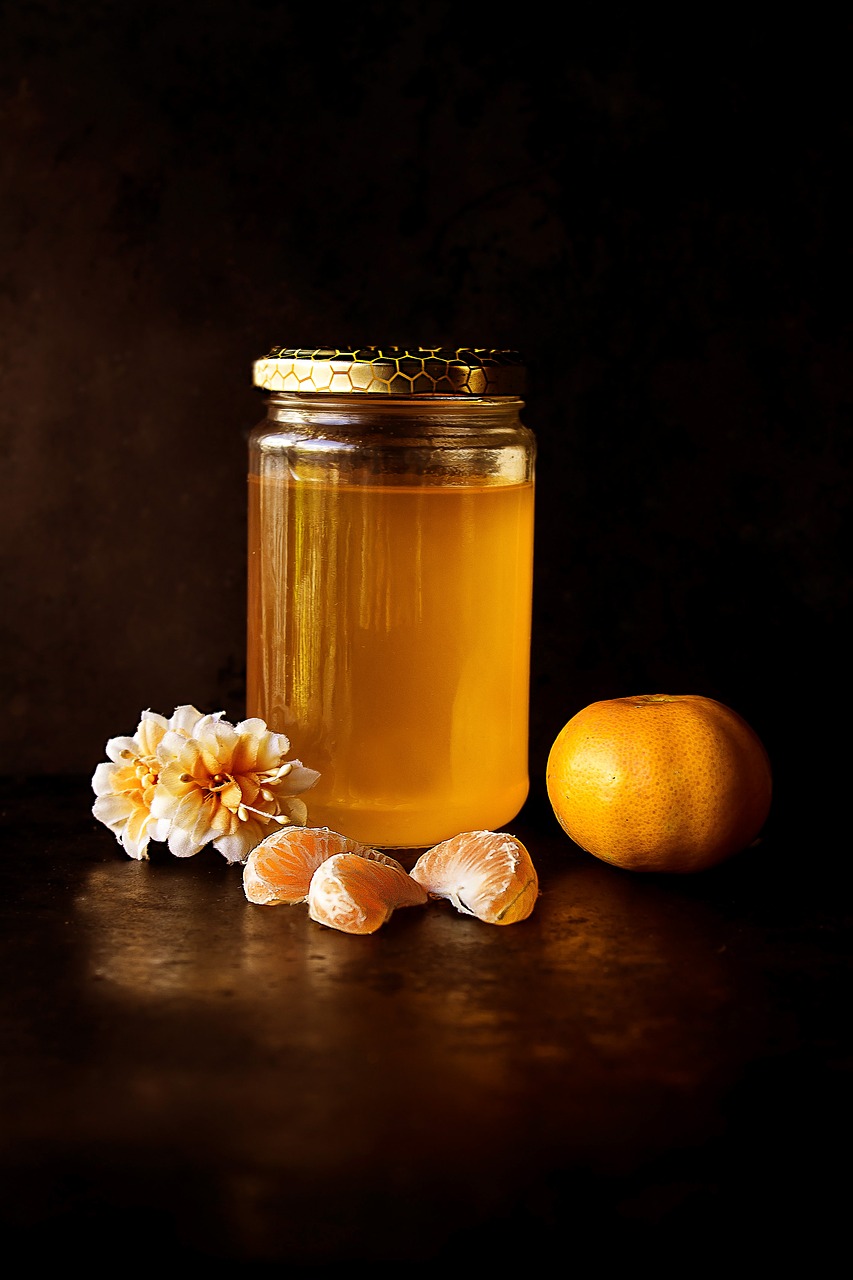
Gobor Bee Products:
Milkweed Honey: honey of untouched areas (made from the
flower of Asclepias syriaca). Very distinctive, spicy scented
honey, real ‘ hungaricum ‘.
Wild Flower Honey: from a variety of flowers and
vegetation in the National Park. It locks in the raw,
fullness and diverse flavor of the seasonal ground
vegetation. This honey is the richest in minerals,
dark in color, the taste, aroma and flavor varies
depending on the season and dominant flowers at
the time of nectar is collected.
Acacia Honey: collected from the flower of white Acacia
(Robinia pseudoacacia). Nearly colorless, liquid for a long time
due to the significant content of fructose, a natural disinfectant.
Bee Pollen: the pollen of plants, rich in vitamins, sugars, amino acids (20 other types) and minerals. Benefits include the increase of red blood cell counts, aide in indigestion, assist in depression and improve blood pressure.
Propolis: fragrant, resinous, sticky material, collected from trees by bees and used to protect the hives from outside contaminants, a natural disinfectant. The therapeutic effect of propolis is known
since the ancient times. Propolis is an excellent natural antibiotic and immune system booster. It is also considers as regenerative and used as painkiller.
A combination of any of the products listed above (honey with propolis and pollen) are available. Additional products available include mixed nuts (walnuts, almonds, hazelnuts) in honey.
These are the most important bedrocks I would like to place our farming agriculture on (they already partly function):
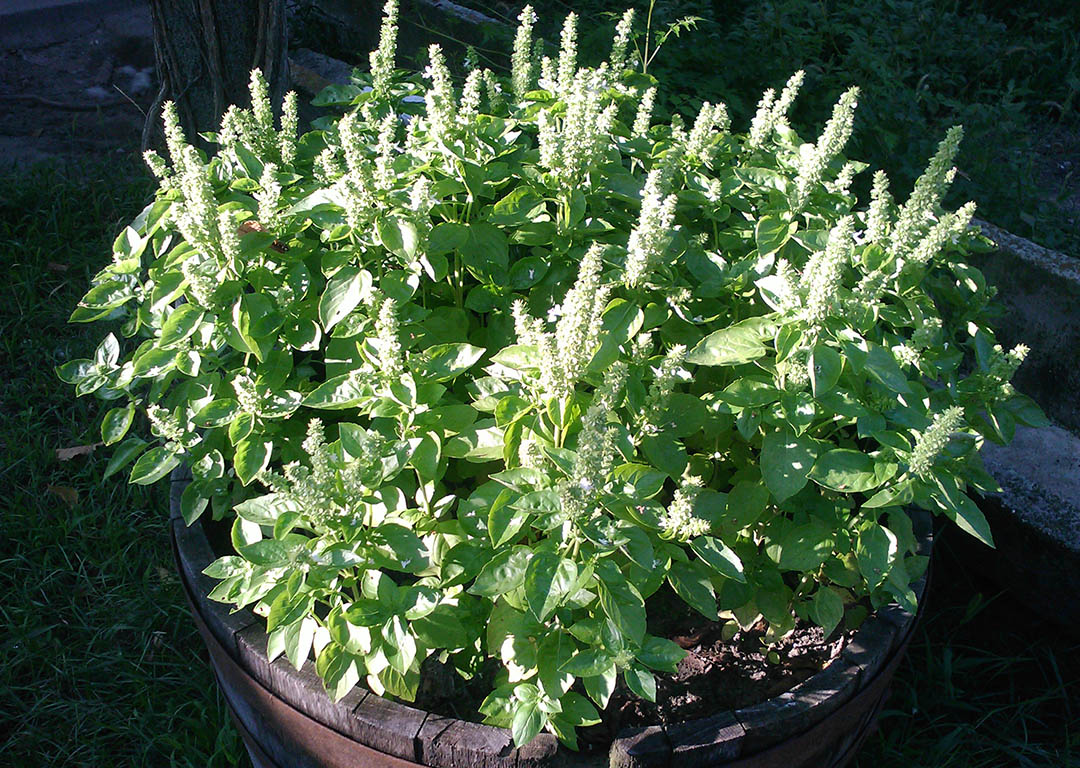
Growing local fruit and vegetable & creating a herb garden
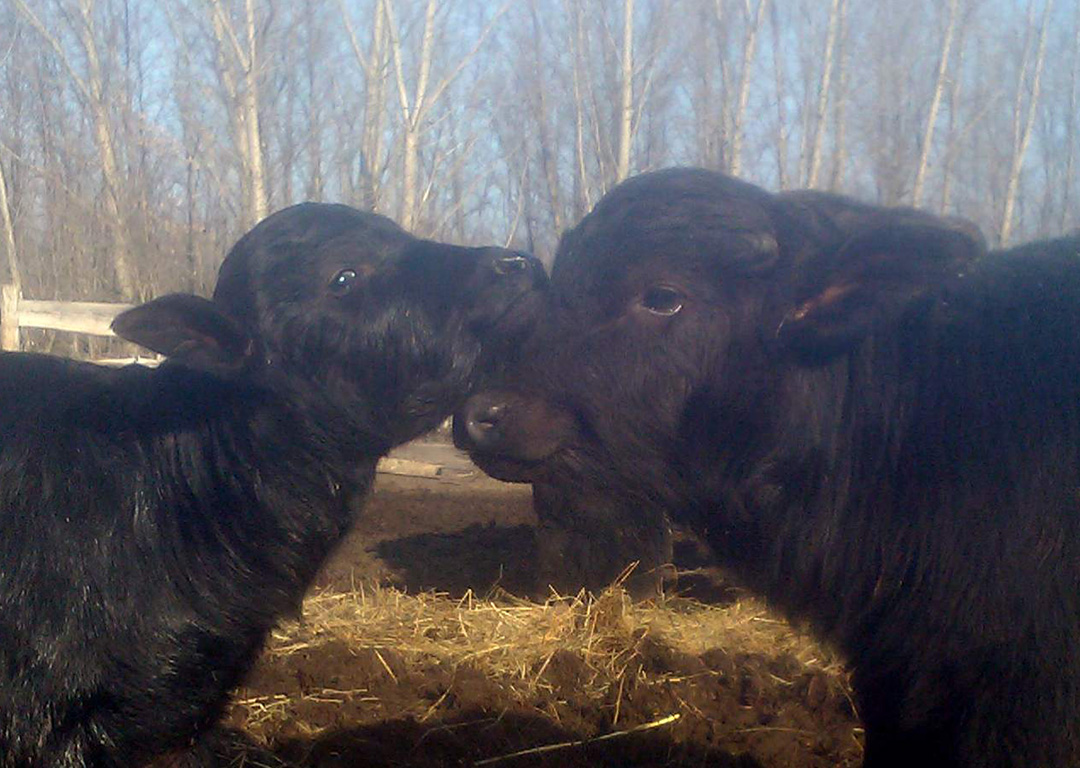
Breeding autochthonal animals, sustaining landscape & apiary, producing apiarian products

Developing an ecotechnical/technological showroom
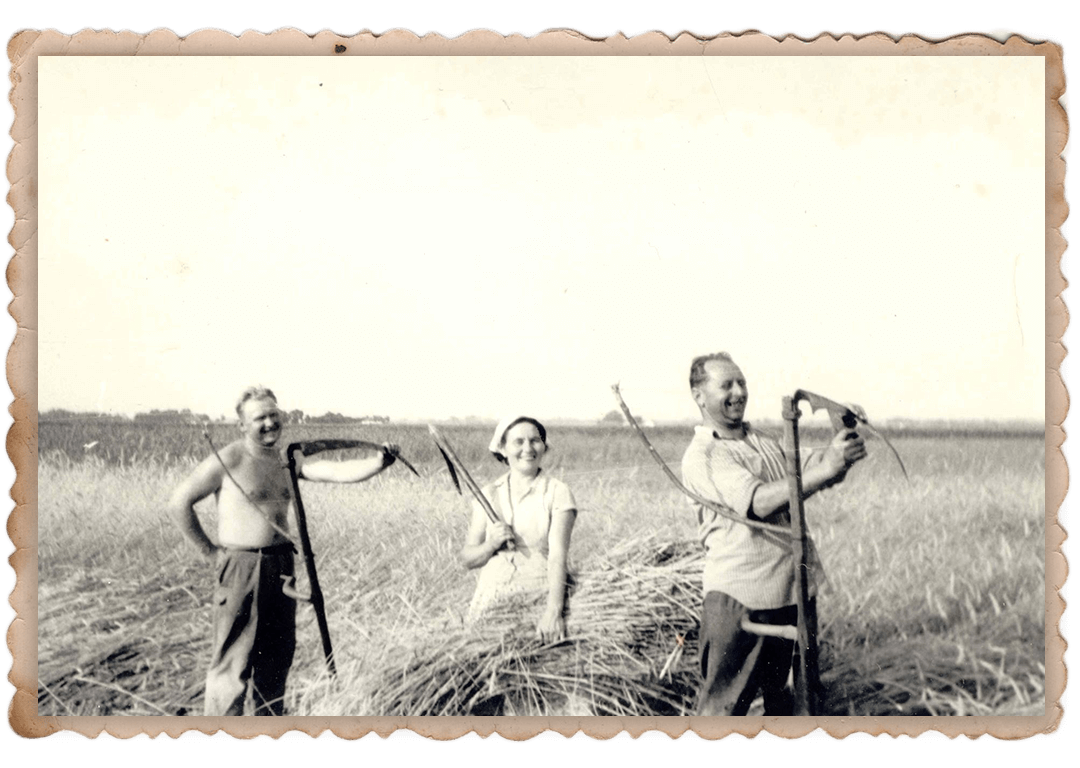
Our roots
The origins of ’Góbor-tanya’ (Góbor farm) can be traced back to my grandfather; he inherited and bought the land, and decided to build a farm here at the beginning of the 1950’s. He managed to choose the place very successfully, the territory was ideal (and still it is) for creating a self-supplying, so-called sustainable family farm. The estate is situated on a soil- and region boundary; the tussocky, sandy relief gradually changes into a more watery habitat: pasture, waterlogged meadow, reeds. The buildings were built on the always water-tight, highest, sandy relief, the transitional places functioned as pasture-land, fruit garden, garden, on the watery habitat hay was mown, reed was cut, animals were pastured. The farm was almost exclusively built by local craftsmen and of local building materials: the walls of adobe-brick, the structure of the roof of wood, the cover of the roof of reed, everything cut and made on the spot. My grandfather moved to the farm with his wife and three children in 1959.
About me
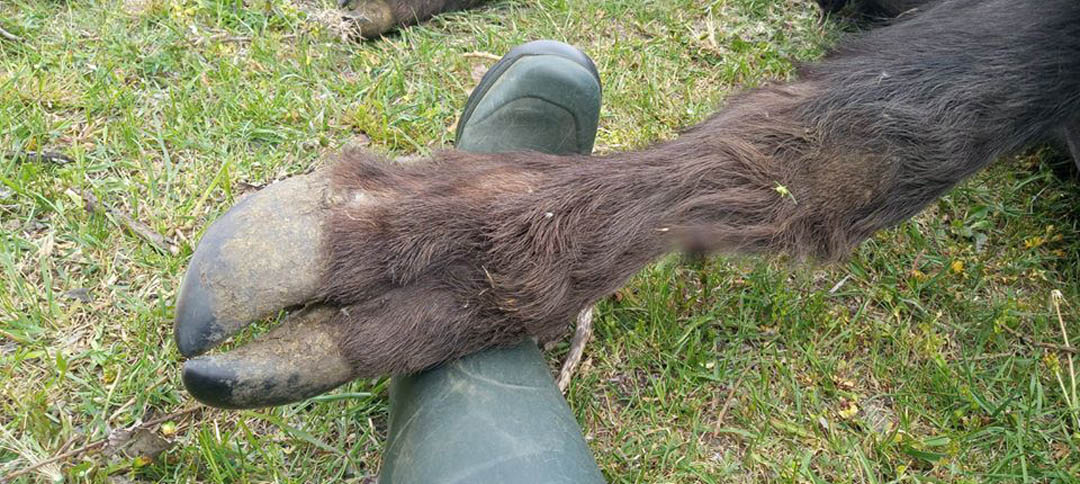
„Be yourself the change you want to see in the world.”
I myself spent a lot of time here in the spring and summer holidays, involved in everyday farm life. I realised only later, during university years how much impact the time spent here had made on me. My thesis was written in 2006, titled ’Sustainable farm model on the interfluve of the Danube and Tisza’, which already contained my basic plans and ideas for the future. After working as a settlement developer for six years I returned ’home’ due to the strange interplay of coincidences. I started putting my ideas into practice in 2012, changing from our traditional farm into a sustainable farm model.
How can a farm be self-supplying/sustainable?
Among others the farm tries to evolve closed cycles in energetics, water management, waste management and usage of land. What does it mean exactly? In energetics economy, efficacy, in energy generation local renewing energy sources. In water management local water sources, economic and efficient solutions for water usage, and local, alternative wastewater treatment. In waste management conscious consumption and reusage if possible (composting, reusing, recycling…). In usage of land agriculture which is appropriate with the region: we breed on the pasture-land, we do gardening on the sand, we do not try to change the environment to our needs, on the contrary: we adjust to the possibilities inherent in the environment.
Instead of Epilogue:
It is interesting, how extreme people’s attitude is towards farms, farm life. Some do not understand how it is possible to live so far from civilization… I think it is high time for humanity to re-think civilization itself. In others’ opinion it is the Paradise on Earth… I usually add to this: it could be… It is a good question in itself if it is possible to create a sustainable system in a completely unsustainable environment. Without any serious philosophical commentary my point is that people can live in harmony with nature, adding to it that the nature of this co-existance has degrees. I think we would not harm anybody and anything if we aspire to it…
’With a little craft we can build stairs from the stones that roll in our way.’
